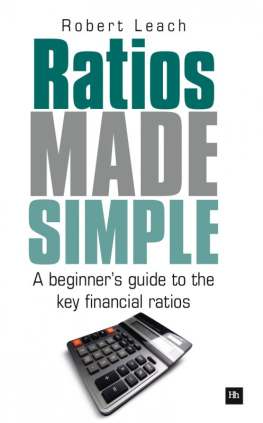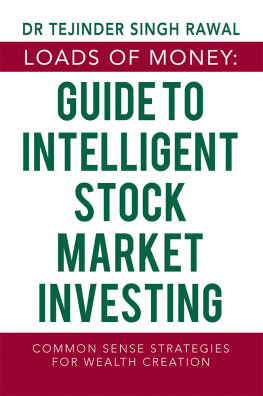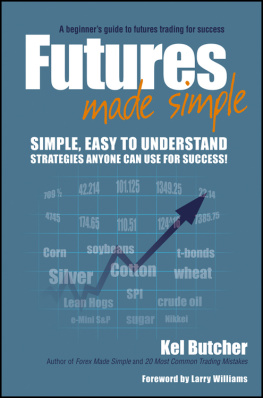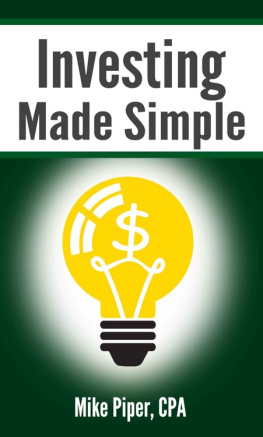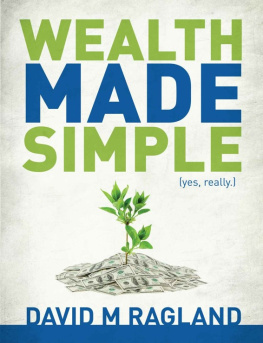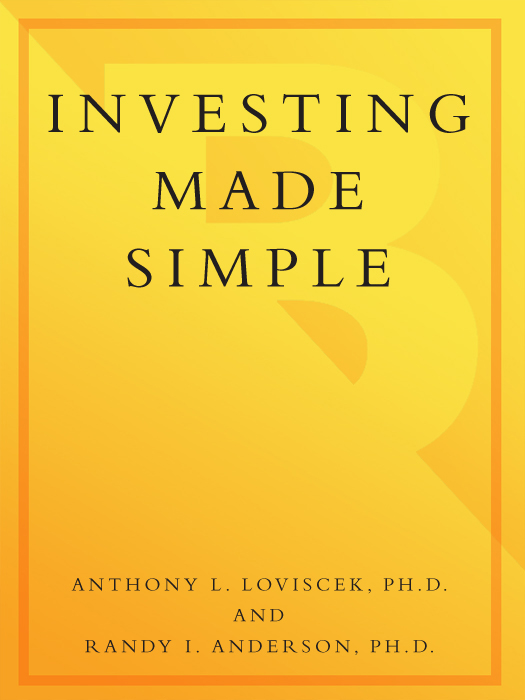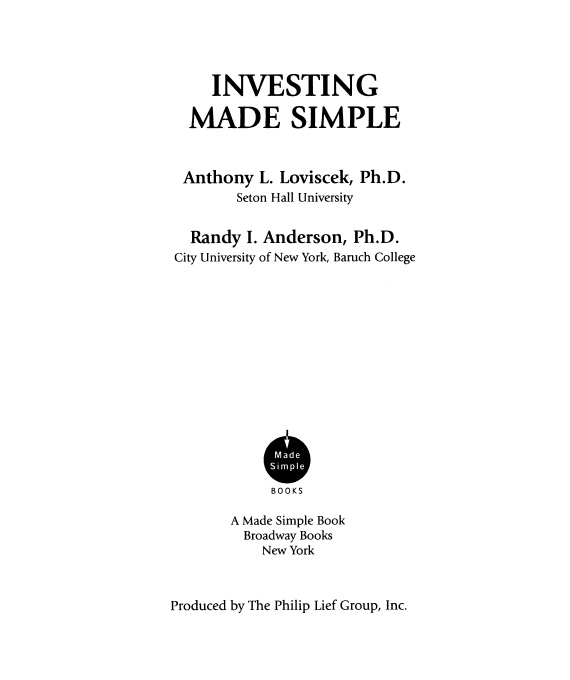This book reflects the efforts of many people who have helped and inspired us. First, we thank the Philip Lief Group for the invitation, with special thanks to Hope Gatto and Jill Korot for their editorial assistance, patience, and guidance throughout the process. Special thanks also go to Judy Linden and Ruth Mills, both of whom provided not only editorial assistance, but also substantive suggestions on improving the tone, clarity, and content of the book. Without their suggestions and support, this project would never have made it past the first draft.
We extend our gratitude to Kathleen Loviscek, who read early drafts and provided valuable feedback in the important role as an outside reader. We are also grateful to Aleksandar Miletic and Joanne DeStefano, who read portions of the manuscript and pointed out where changes were needed. We are indebted to Sean Salter, who served the invaluable role of checking facts and suggesting improvements. Without his diligence and dedication, in time of special need, our effort might not have passed muster. The same applies to Norman Fowlkes, who generously provided timely help in the area of retirement benefits.
INTRODUCTION
Welcome to Investing Made Simple, a significantly revised and updated version of Wall Street Made Simple, which was published more than a decade ago. Investing Made Simple reflects a new reality: the evolution toward an ever broader, richer, and more complex investment environment. Previously obscure phrases, words, and acronyms, such as selling short, exchange-traded funds, puts, REITs, and Roth IRAs, have now become commonplace. Moreover, the rapid emergence of the information age, across all forms of communication, has given investors ready access to an almost-overwhelming amount of financial data and up-to-the-minute financial news.
As both professors of finance (at Seton Hall University and the City University of New York, Baruch College) and active practitioners in the field, we have designed Investing Made Simple for the individual investor. It is a guide to investing in stocks, bonds, options, futures, and mutual funds. Whether you are trying to gain a perspective on the behavior of financial markets and the opportunities they offer or are actively trading securities, we believe you will find valuable information in this book.
Knowledge is power, and it is the key factor to investment success. For instance, do you know that $1,000 invested in stocks between 1950 and early 2003 would now be worth more than $400,000, even when accounting for the major declines in stock prices between 2000 and 2002? Do you know that the same $1,000 invested in bonds would be worth only about $24,000, and that the impact of taxes and inflation over that same period would reduce both of these gains considerably, rendering the gains in bond investments to be worth almost nothing?
The message is clear: returns from safe, supposedly guaranteed investments can be so small that almost their only guarantee is a loss after inflation and taxes. You are better off accepting some risk in order to earn appreciable gains on your investments. As you read, keep in mind the phrase return to risk, as that is the theme of this book. Return to risk means that higher returns are generally accompanied by higher risks, and that you should try to earn the highest investment gains possible for the risk that you are willing to bear.
To help you with your investment decisions, Investing Made Simple is divided into two parts. , consisting of four chapters, explores some ideas on developing your investment strategy, including building your investment portfolio and tracking its performance. At the end of each chapter youll find a section titled Some Things to Avoid, which is intended to help you increase the return to risk on your investments.
on saving, including investments that grow tax-deferred and tax-free, are offered.
provides you with perspectives on how stocks are issued, the exchanges on which they are traded, the differences between common and preferred stocks, fluctuations in stock prices, variables that reflect stock values, and the advantages and disadvantages of owning stocks.
is a discourse on bonds, classified into the broader category of fixed-income instruments. They include short investments, such as certificates of deposits (CDs) and U.S. Treasury bills, and long-term investments in U.S. Treasury, corporate, and municipal issues. Also discussed is the separation of bonds into investment grade and noninvestment grade groups, and their respective ratings. Youll also find a discussion of the advantages and disadvantages of investing in bonds.
describes mutual fundsfrom the very risky aggressive growth funds to the least risky money market funds. Included is a discussion on the costs of investing in mutual funds, from management fees to load charges that you need to be aware of. Also covered is a description and examples of exchange-traded funds.
delves into the complex world of financial derivatives, with special attention given to options. It not only breaks down the arcane language of these contracts, such as calls, puts, covered calls, naked calls, and LEAPS, but also explains how you can use these instruments to reduce the risk of your investments.
gives an overview of commodities marketsfrom grains and meats to lumber and precious metals. It explains forward and futures contracts and distinguishes between the hedgerthe person who wants to reduce riskand the speculatorthe investor who looks to take on risk.
discusses financial futures markets. You will learn about trading in less tangible items than commodities, such as stock indices, interest rates, and eurodollars.
The first seven chapters lay the foundation for your decision-making process. , which introduces you to the world of active investing, with emphasis on defining and describing technical and fundamental analysis. It also explains the theory of efficient markets.
. It points out, based on recent research, where both technical and fundamental analysis are least likely and most likely to help you select investments that generate solid, risk-adjusted gains.
is about portfolio analysis, introducing you to how you can put your investments together to earn the highest return possible for your risk-tolerance level. It provides a deeper discussion of diversification than found in many books and shows you how to apply it.
provides a summary while adding some closing points. It distinguishes between the steps for active and passive investing, mentions the need to monitor economic activity, explains dollar-cost averaging, and describes how you can keep track of your investments.
Knowing the right questions to ask and the range of answers to expect may be the biggest boost to your investment-building program.


